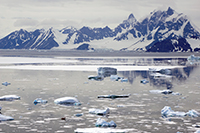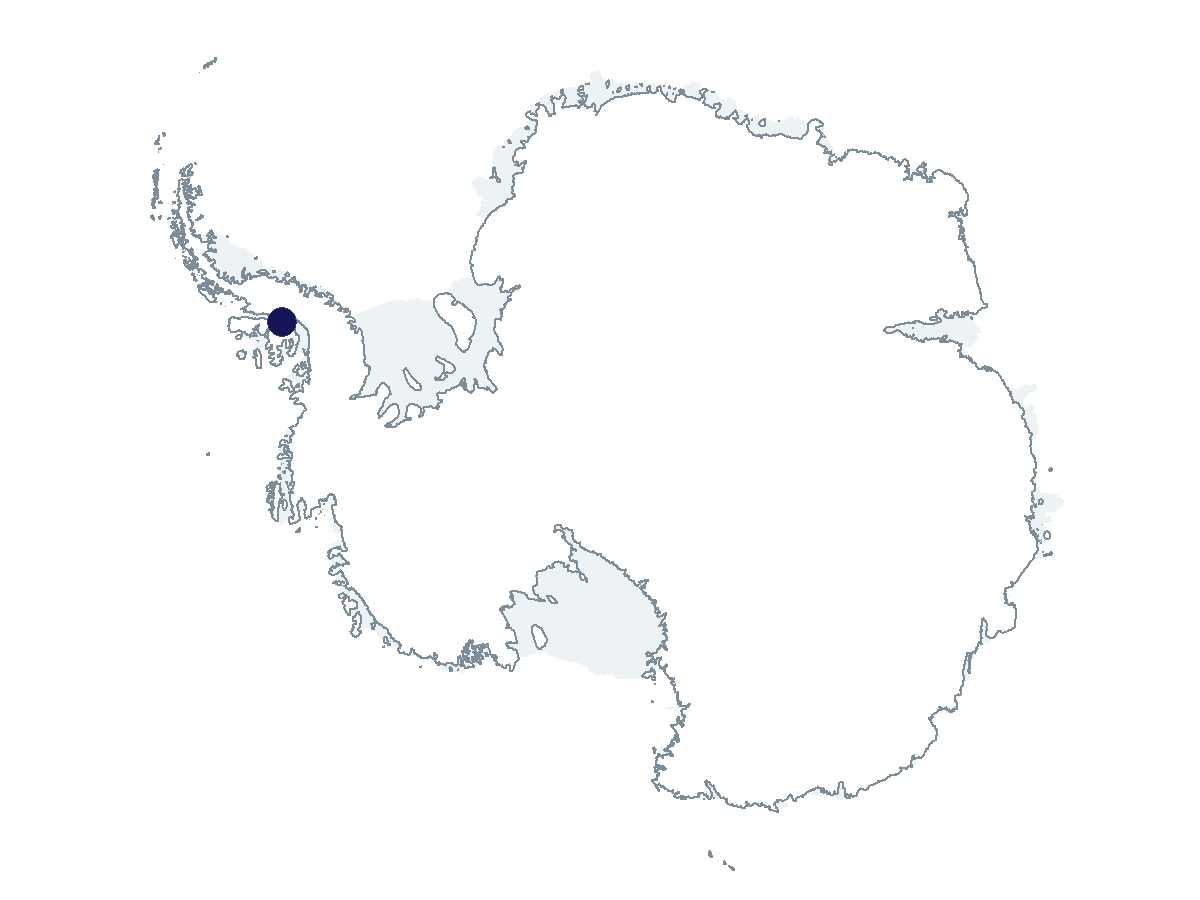2022-2023 USAP Field Season
Project Detail Project TitleIce-shelf instability caused by active surface meltwater production, movement, ponding, and hydrofracture Summary
Event Number:
Program Director:
ASC POC/Implementer: Principal Investigator(s)
Dr. Alison Banwell
Location
Supporting Stations: Special Project DescriptionThis project is a collaboration with a U.K. Natural Environment Research Council (NERC)-supported scientist with field support from the British Antarctic Survey (BAS). The objective is to investigate how surface meltwater production could drive ice-shelf breakup, similar to the type Larson B Ice Shelf demonstrated prior to its collapse. The proposal aims to study break-up by investigating the George VI Ice shelf, which is currently forming surface melt ponds but is in a somewhat stable condition because of its compressional-ice-flow configuration. This work builds on understanding from the team’s previous McMurdo Ice Shelf project and focuses on understanding ice-shelf collapse dynamics through a study of (1) ice-shelf flexure and fracturing, (2) surface melt and hydrology, (3) small-scale ponding and drainages, and (4) process-scale modeling of ice-shelf flexure, fracture, and hydrology. Field Season OverviewThis project will have three science team members plus one BAS field mountaineer deploying to the George VI Ice Shelf site on the Antarctic Peninsula. BAS will provide one BAS field mountaineer, field and safety gear, field food, equipment, kovacs drill with petrol head, 2 kW generator, communications (inc sat.phone and IridiumGO), etc. United States Antarctic Program will assist with cargo for the team, and ticketing for the U.S. participant (Banwell). Once the team arrives to Rothera Station, and have done the required safety courses, they will be flown to Fossil Bluff Station in early November for approximately three weeks. Field work will be restricted to < 30 km of Fossil Bluff. The project seeks to extract firn/ice cores to depths of 10 m to measure seasonal variations in vertical density profiles, however these cores will not be shipped back, they will be left in the field. The team will also harvest as much data from the instruments as possible, and then retrieve all instruments from the ice, to be taken back to Rothera Station, then the U.S. Deploying Team Members
|
2022-2023 Science Planning Summary



For USAP Participants |
For The Public |
For Researchers and EducatorsContact UsU.S. National Science FoundationOffice of Polar Programs Geosciences Directorate 2415 Eisenhower Avenue, Suite W7100 Alexandria, VA 22314 Sign up for the NSF Office of Polar Programs newsletter and events. Feedback Form |



